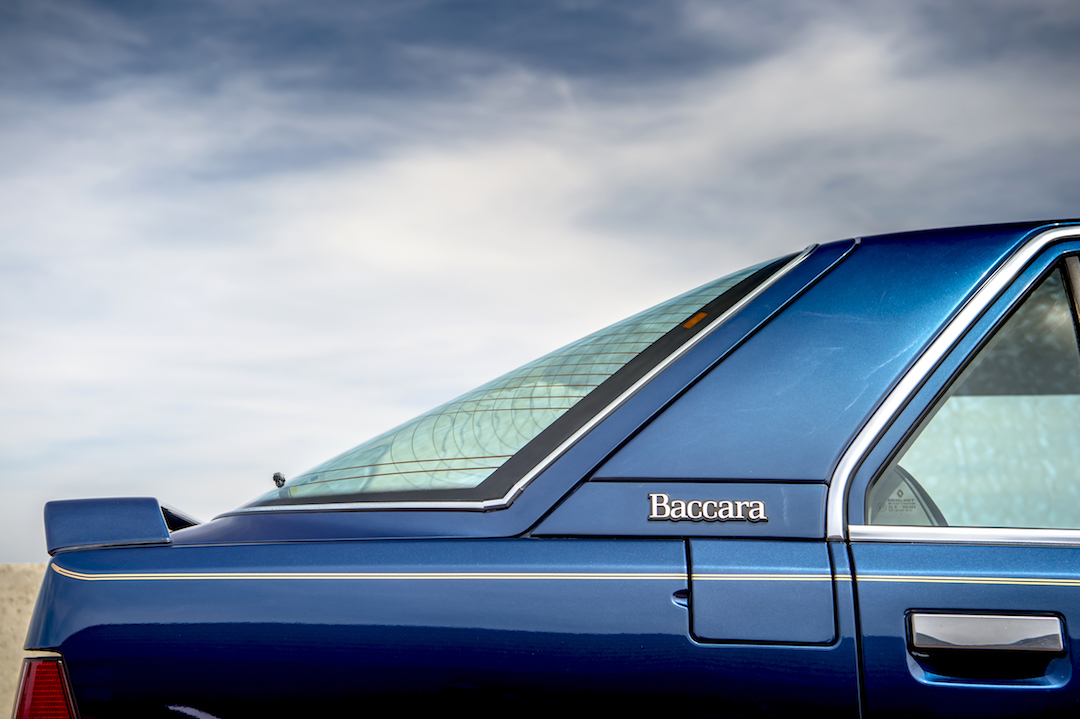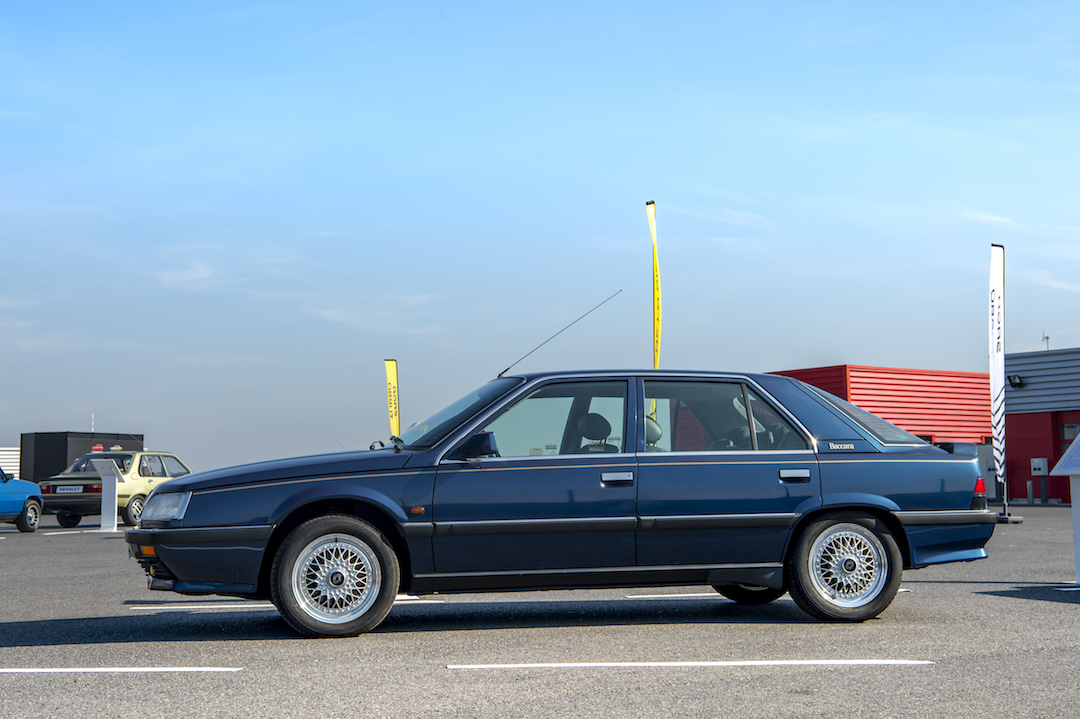"[gallery link="file"] With the extensive feedback from last month's 'eighties' feature thread, we decided this morning to have a look at that old French fancy the Renault 5 Turbo. Stone me if you weren't right, dear readers, the pocket rocket "

Renault Turbo
Renault’s turbocharged history is more than hot air. We drive three of the best.
Put on those rose-tinted glasses and think back to the glory days of turbocharged Renault cars competing on the track and tearing it up on the roads.
The company was the first to win in Formula One using a turbocharged engine, fittingly, at the French Grand Prix at Dijon in 1979. Jean-Pierre Jambouille brought the RS 10 home to claim a historic victory. Renault’s cars had previously earned the unenviable nickname of the Yellow Teapot. This was on account of its colour and habit of the experimental turbocharged engines expiring in plumes of white smoke.
But the company’s involvement in forced induction goes much further back, to 17th December 1902. That was the date when Louis Renault first filed the patent for a form of supercharger preceding the development of the turbocharger. However, it wouldn’t be until the 1970s that Renault began experimenting with turbocharging in its cars. In 1972 it tested a blown Alpine A110 rally car though it suffered terribly from turbo lag, nevertheless Jean-Luc Thérier earned a victory with it. Within six years Jean-Pierre Jassaud and Didier Pironi won the 1978 Le Mans 24 Hours in a turbocharged Alpine A442, with an average speed of 201km/h.
In the years since, some of the company’s most iconic cars, and some not well-known cars have used turbocharging to bump performance. While everyone has their personal favourites, we’ve driven some of the stand-out models from Renault’s past.
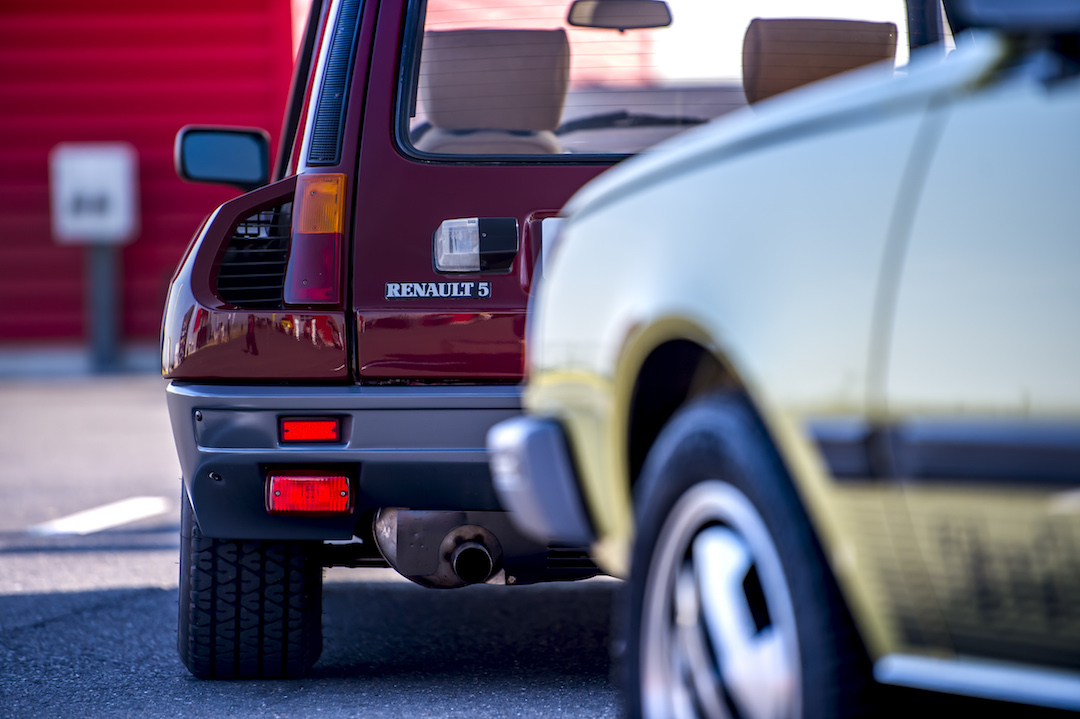
We have to start with arguably one of the finest and most iconic ones of the 1980s — the Renault 5 Turbo. Having tasted success in Formula One, Renault wanted more and turned to rally. The obvious candidate would be its Renault 5 hatchback, but it needed something more. So the racing division set about creating a mid-engined version to compete in the world rally championship. In turn, that also meant producing at least 400 road-going examples for homologation purposes. In the end, almost 5,000 units were produced.
While not precisely large inside, it is pure 1980s. From the beige corduroy upholstery to the bright orange font on the instrument dials, it oozes cool. The performance stats aren’t stellar by today’s standards: the 1.4-litre engine produces a modest 160hp and 221Nm of torque. A factory tune-up kit was also available. What’s most important is where that engine is and the fact that the whole car weighs 970kg.
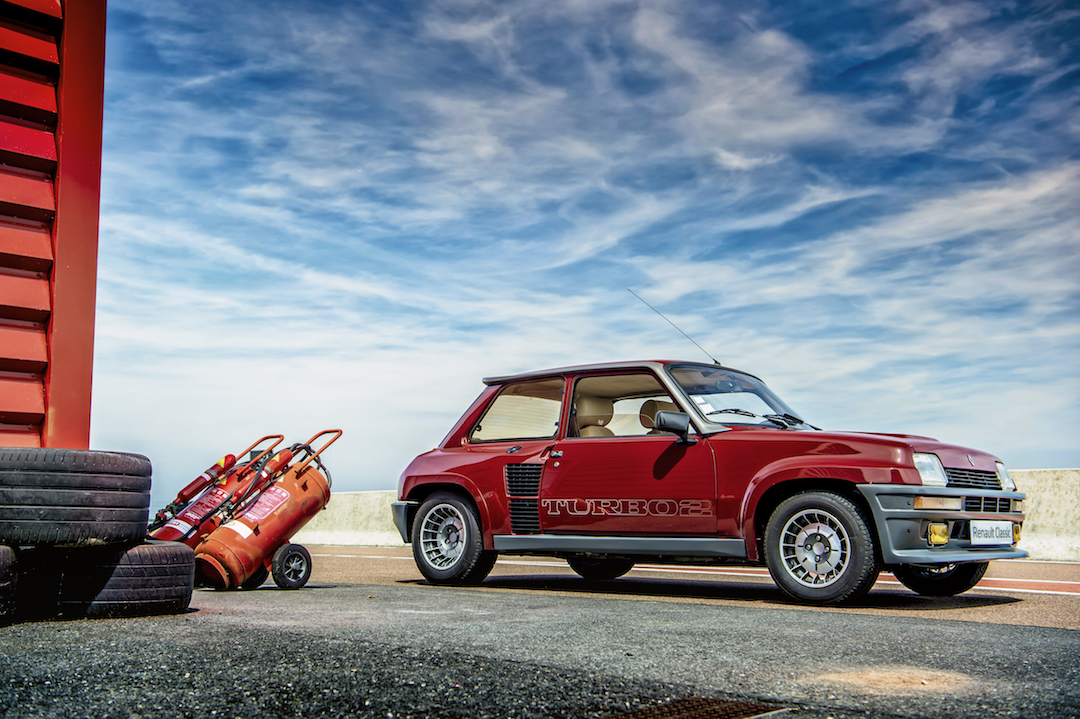
To say the Renault 5 Turbo is a hoot to drive is a massive understatement. You do need to ease yourself into it at first, finding the balance of the car, getting familiar with the small amount of lag and getting the gear shifts right. The five-speed manual is across what seems like a tiny gate, and worryingly second feels perilously close to reverse — not a mistake you want to make on downshifting. The truth is that it’s far less of a daunting prospect when you get used to it. It’s laugh-out-loud fun to drive on the track.
Perhaps one of the more surprising models in the French car marker’s heritage is the 9 Turbo. This boxy four-door saloon barely has a curve anywhere on its bodywork. From the off, it seems nippier than you might expect, with less lag apparent in comparison to the 5 Turbo.
As soon as you turn into the first corner, you discover just how light and nimble the car feels. Your eyes tell you that this small four-door saloon shouldn’t be up to much yet it delivers a beguiling performance. Tipping the scales at little over 900kg and engine performance of 115hp made this quite an entertaining package. It’s clear that a great deal of effort went into getting the chassis and handling setup of this car right, as it exceeds most expectations. Although not every highlight of the company’s turbocharged history is a lightweight, nimble machine.
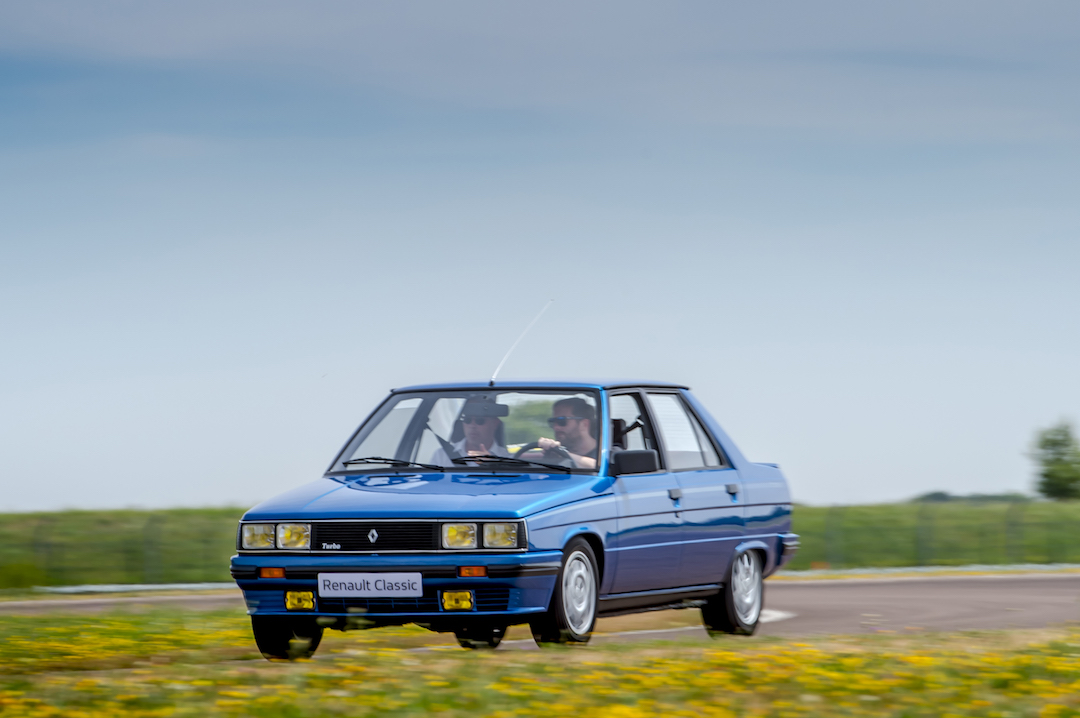
When Renault wanted to make its 25 saloon even more upmarket, it created the Baccara. It had enlisted the help of Robert Opron, who penned the Citroën CX and SM along with the Renault Fuego, to design the exterior.
Designer Marcello Gandini, responsible for the Lancia Stratos, Lamborghini Miura in addition to the Renault 5 Turbo, turned his hand the interior styling. This was Renault attempting to put it up to the Germans, and the interior was sumptuously appointed, with deep leather seats that you sink into. Alongside the plushness and wood panelling was the latest in in-car audio courtesy of a Philips Hi-Fi stereo amplifier, complete with audio equaliser!

Under the bonnet was a 2.5-litre turbocharged V6 with 205hp mated with a five-speed manual transmission driving the front wheels. The on-road performance was tuned more for comfort than agility, something that becomes immediately evident when you attempt to take a corner with any speed approaching enthusiastic levels. It rolls, and rolls, and then rolls some more. Get it straight, and it could go on to reach a top speed of 240km/h (where permissible), allowing its occupants to waft along gracefully while ensconced in Gallic opulence. Despite its dynamic shortcomings, you can’t help but forgive it and marvel in its sheer gloriousness. With production only lasting two years the 25 Bacarra was rare in its heyday, so now these cars and genuine rarities and deserve to be appreciated as such.
It’s a far cry from the carbon fibre-wheeled turbocharged Megane R.S. Trophy-R that set a record lap of time of 07’45’’389 around the Nürburgring-Nordschleife. But as the brand’s lineage shows, turbocharging is a core feature in many of its finest cars.

CLICK TO ENLARGE








